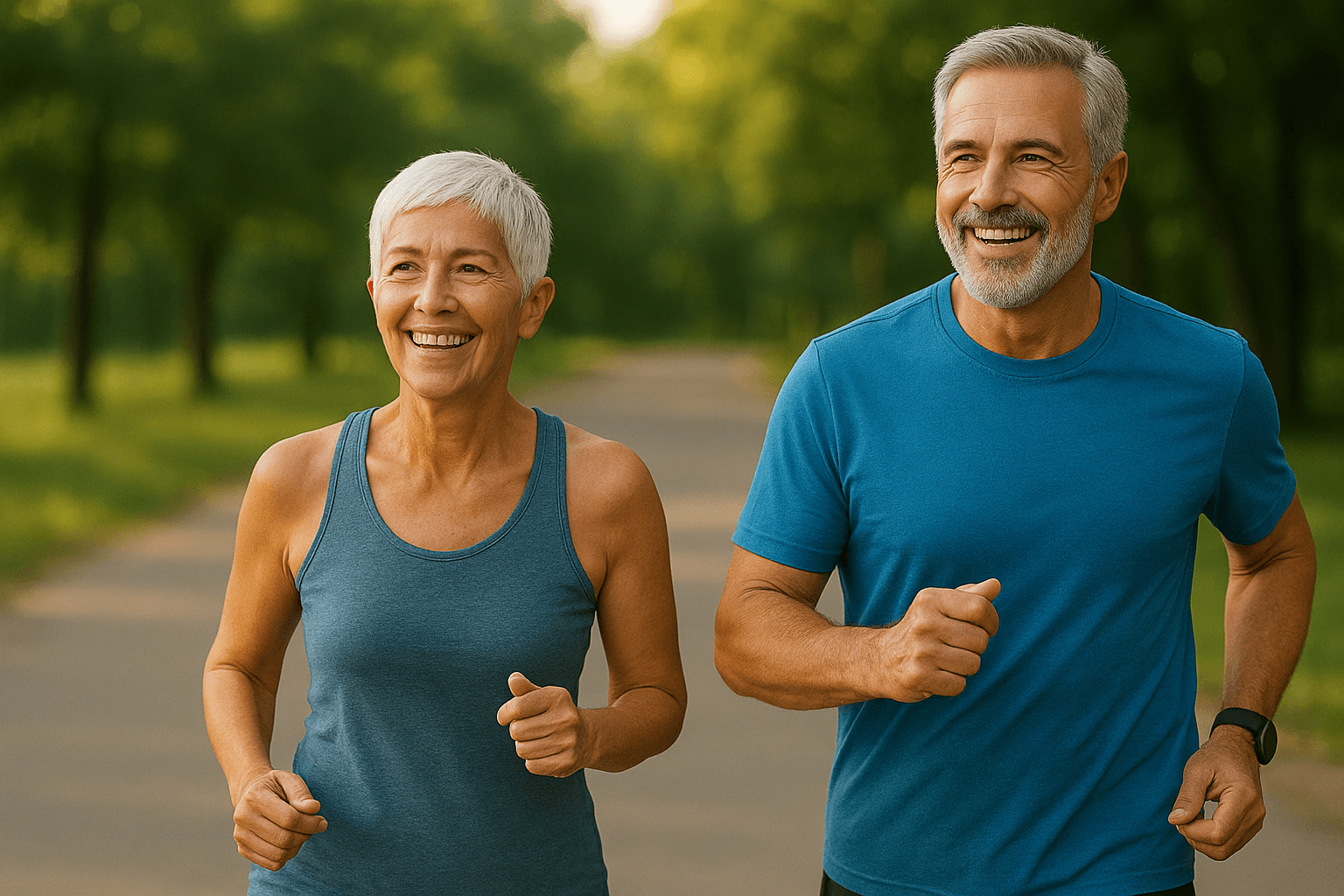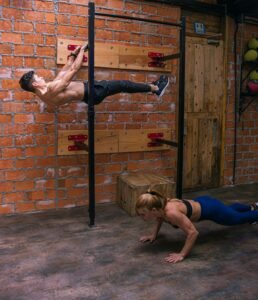Last Updated on October 3, 2025 by shawnshealth
Being fit after 60 is essential. Discover 7 powerful reasons senior fitness matters, plus simple tips to stay strong and independent.
Fit After 60: Why Staying Active and Healthy Matters More Than Ever
Aging doesn’t mean slowing down—it means finding smarter ways to move, stay strong, and thrive. Being fit after 60 is not just about looking good; it’s about maintaining independence, preventing chronic illness, and enjoying life to the fullest.
In this guide, you’ll uncover 7 powerful reasons why senior fitness matters and how you can start or improve your journey—no matter your age or current condition.
💪 Want to build strength and stay independent? These simple routines make it easy—right from home, with no equipment needed.
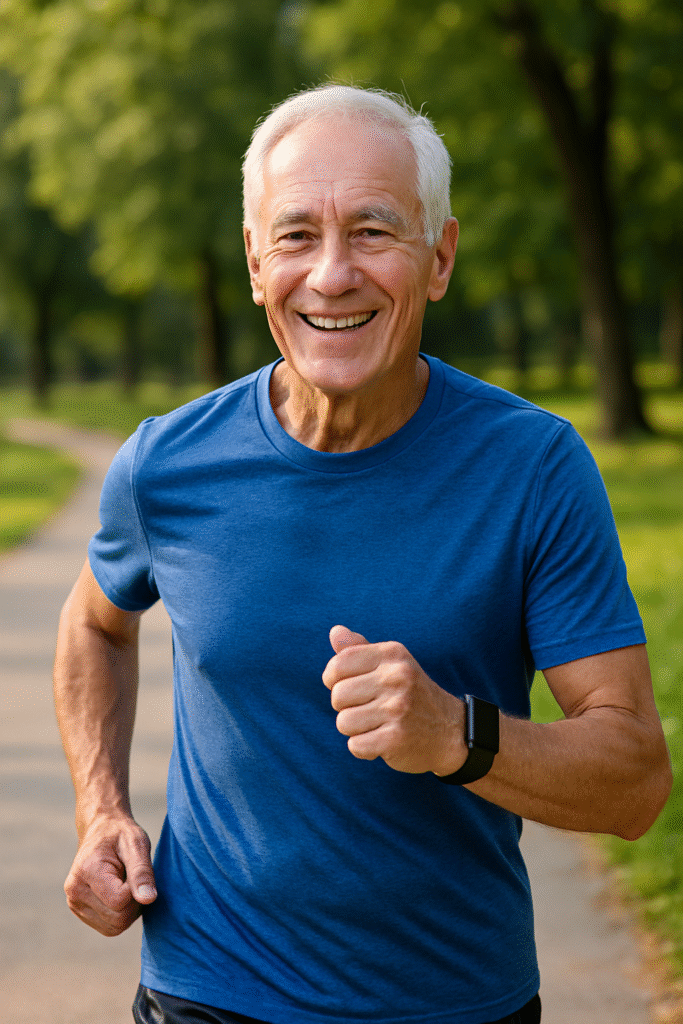
⚡️ Quick Facts for Fit After 60
✅ What Are the Top Benefits of Being Fit After 60?
- Boosts balance and prevents falls
- Increases strength and mobility
- Supports mental and emotional health
- Reduces risk of chronic diseases
✅ How Often Should Seniors Exercise Weekly?
- 150 minutes of moderate aerobic activity
- 2+ sessions of strength training
- Daily stretching or balance exercises
✅ What Types of Workouts Are Best for Seniors?
- Walking or swimming
- Resistance band training
- Yoga or tai chi
- Chair exercises
✅ Can You Build Muscle After 60?
- Yes! With proper resistance training and protein intake, seniors can build and maintain lean muscle.
🛡️ Looking to build lasting strength, mobility, and confidence as you age? Senior Fitness: 15 Essential Principles for Strength, Mobility & Healthy Aging is your go-to guide for safe, effective movement—covering strength, balance, mindset, and recovery to help you stay strong and independent.
🛒 Looking to support your strength journey at home? Explore home fitness gear on Amazon that makes getting started simple and safe—no gym required.
⚠️ As an Amazon Associate, I earn from qualifying purchases—at no extra cost to you.
Table of Contents
Disclaimer: This article is for informational purposes only and not a substitute for professional medical advice. Always consult with your healthcare provider before beginning any new exercise program.
Disclaimer: As an Amazon Associate, I earn from qualifying purchases—at no extra cost to you.
Author’s Note – My Journey to Staying Fit After 60
Staying fit after 60 isn’t just a blog topic for me—it’s personal. I’ve spent my entire life committed to health and fitness, even while overcoming challenges from an accident earlier in life that made working out more difficult. Over the years, I’ve learned that the key to staying strong, energetic, and confident as we age is consistency, adaptation, and the right mindset.
I believe that being fit after 60 isn’t about chasing your younger self—it’s about embracing the best version of yourself today. Through smart training, proper recovery, and a passion for movement, I’ve found ways to build strength, protect my joints, and maintain a lifestyle that keeps me active and independent. I share these tips not from theory, but from lived experience, so you can also enjoy a healthier, stronger future at any age.
That’s why I created Shawn’s Health—to help others stay strong, independent, and confident through every stage of aging.
Why Fitness Matters More Than Ever After 60
Staying fit after 60 isn’t just about adding years to your life—it’s about adding life to your years. Fitness at this stage boosts your body and mind in ways that help you maintain independence, prevent illness, and enjoy every day with energy and confidence. Here are 7 powerful reasons why senior fitness matters now more than ever.
💪 1. Boosts Strength and Independence
One of the greatest fears as we age is losing independence. Fitness helps preserve:
- Muscle mass for daily tasks
- Joint health for mobility
- Grip strength for carrying and lifting
Staying strong allows seniors to live on their own terms.
💪 Want to build real-world strength that supports independence? Explore Farmer Strength: Functional Power for Seniors and discover simple ways to train for everyday resilience
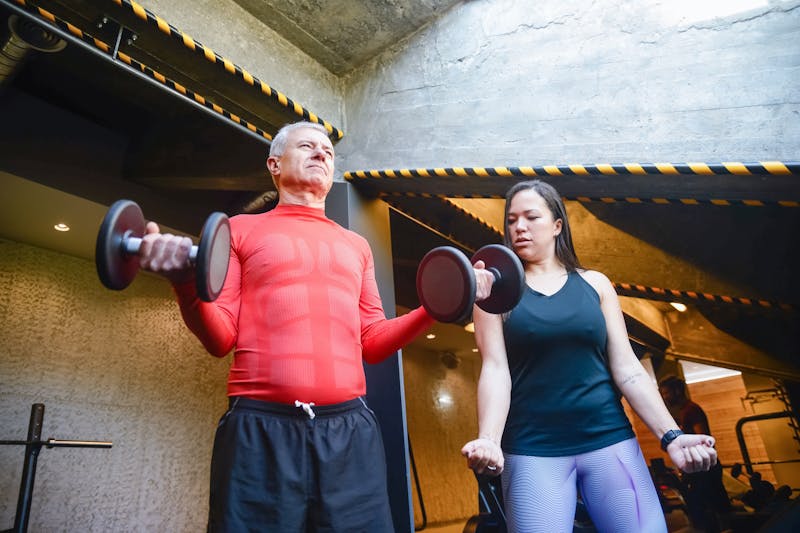
🧠 2. Supports Brain Health and Memory
Regular exercise increases blood flow to the brain, improving:
- Cognitive function
- Memory retention
- Mood and clarity
According to the National Institute on Aging, seniors who stay active reduce their risk of dementia and Alzheimer’s.
🌿 Feeling stressed or stiff? Take a moment for yourself and enjoy this calming 8-minute Tai Chi flow
❤️ 3. Reduces Risk of Chronic Illness
Physical activity helps prevent or manage:
- Heart disease
- Type 2 diabetes
- High blood pressure
- Arthritis
Seniors who exercise regularly often require fewer medications and report a higher quality of life.
😊 4. Improves Mood and Fights Depression
Exercise releases endorphins, which act as natural mood boosters. Many seniors report:
- Less anxiety and depression
- Improved sleep
- A greater sense of purpose
🧠 Want to boost your mood, focus, and energy? Learn how exercise transforms mental health in this powerful guide—take the first step
🩹 5. Prevents Falls and Injuries
Falls are the #1 cause of injury in older adults. Fitness improves:
- Balance and coordination
- Leg strength
- Reaction time
Incorporate balance exercises and core workouts regularly to stay safe.
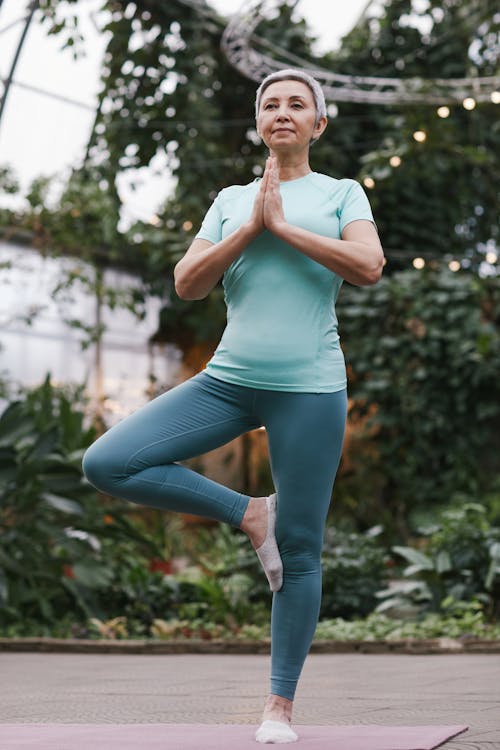
🍎 6. Encourages Healthy Habits
When seniors start moving, they’re more likely to:
- Eat better
- Drink more water
- Sleep consistently
- Engage socially
Fitness creates a ripple effect of healthier living.
🔗 Curious what top experts recommend for staying active as you age? The CDC lays it all out—simple weekly goals for strength, balance, and aerobic movement. Explore the full overview and see how small changes can lead to big health benefits.
🕰️ 7. It’s Never Too Late to Start
No matter your age, condition, or fitness background, movement matters.
Even small changes—like a daily walk or chair stretches—can transform your energy, health, and confidence.
🔍 Want to learn how calisthenics can help you stay strong after 60? Check out the Ultimate Calisthenics FAQ for senior-friendly tips, routines, and answers to common questions.
🪑 Prefer something gentler? These chair stretches for seniors help loosen stiff joints, improve circulation, and boost comfort—without ever leaving your seat.
Getting Started Safely with Senior Fitness
Starting a fitness routine to be fit after 60 can feel overwhelming, but with the right approach, it’s both safe and rewarding. The key is to listen to your body, progress gradually, and prioritize safety above all.
Tips for getting started safely:
- Consult your healthcare provider: Before beginning any new exercise program, check with your doctor—especially if you have chronic conditions or concerns.
- Start slow: Begin with low-impact activities such as walking, gentle stretching, or chair exercises. This helps build a foundation without overloading your joints or muscles.
- Warm-up and cool down: Spend 5–10 minutes warming up with light movement to increase blood flow, and cool down with stretching to reduce soreness and improve flexibility.
- Focus on proper form: Whether lifting weights or doing bodyweight exercises, maintaining good form prevents injuries and maximizes benefits. Consider working with a trainer or following guided videos designed for seniors.
- Use supportive equipment: Chairs, resistance bands, and light dumbbells can provide support and enhance safety during workouts.
- Stay hydrated and rest: Drink plenty of water before, during, and after exercise, and allow rest days to help your body recover.
Starting safely builds confidence, reduces injury risk, and helps create a sustainable fitness habit that will serve you well for years to come.
💠Want more routines and guides? Browse our full Senior Fitness collection for accessible workouts, tips, and motivation.
📆 Weekly Fitness Schedule for Seniors (Example)
| Day | Activity |
|---|---|
| Monday | 30-min walk + light stretching |
| Tuesday | Chair strength training (20 mins) |
| Wednesday | Yoga or tai chi |
| Thursday | Walk or swim |
| Friday | Resistance band training |
| Saturday | Rest or light balance drills |
| Sunday | Nature walk or light gardening |
💡 Looking for easy ways to get stronger and move better? Explore 7 beginner-friendly calisthenics exercises that support strength, balance, and mobility—right from home.
🎥Watch: Safe Full-Body Workout for Seniors
This gentle routine is perfect for beginners over 60. Follow along to build strength, improve balance, and stay active—right from home with just a chair.
❓ FAQ: Staying Fit After 60
❓ Can I start exercising if I haven’t in years?
- Yes, start slowly with low-impact movements and increase gradually.
❓ What exercises should I avoid as a senior?
- Avoid high-impact jumps, deep squats with weight, and fast-paced twisting unless cleared by a doctor.
❓ How do I stay motivated?
- Join a class, walk with a friend, track your progress, and celebrate small wins.
❓ Is walking enough for senior fitness?
- Walking is great, but combine it with strength and balance work for full benefits.
❓ What’s the best time of day to exercise?
- Whenever you feel best—consistency matters more than timing.
❓ Do I need special equipment?
- No. Many routines use bodyweight, chairs, or resistance bands.
❓ How can I avoid injuries?
- Warm up, use proper form, avoid overexertion, and listen to your body.
❓ How long until I see results?
- Many seniors notice better energy and sleep within 2–4 weeks of regular activity.
Common Myths About Senior Fitness — Debunked
You don’t think you can be fit after 60? There are many myths about fitness for older adults that can discourage seniors from starting or continuing exercise. Let’s clear up some of the most common misconceptions:
- Myth 1: “I’m too old to start exercising.”
It’s never too late. Research shows that seniors can improve strength, balance, and endurance at any age with consistent exercise. - Myth 2: “Exercise is risky and causes injuries.”
When done properly and gradually, exercise actually reduces injury risk by strengthening muscles and improving coordination. - Myth 3: “Strength training is just for young people or athletes.”
Strength training is crucial for preventing muscle loss and maintaining independence in older adults. It’s safe and effective when tailored for seniors. - Myth 4: “Cardio workouts are bad for my joints.”
Low-impact cardio like walking, swimming, or cycling is gentle on joints and excellent for heart health. - Myth 5: “I need expensive gym equipment to get fit.”
Bodyweight exercises, resistance bands, and household items can provide effective workouts without costly gear. - Myth 6: “If I have arthritis or other conditions, I shouldn’t exercise.”
Exercise often improves symptoms of arthritis and chronic conditions by increasing flexibility and reducing stiffness—always consult your doctor first. - Myth 7: “I won’t see results at my age.”
Seniors often see improvements in strength, mood, and energy within weeks of starting a routine. Progress might be slower but is definitely achievable. - Myth 8: “Exercise takes too much time.”
Even short, 10–15 minute daily sessions can yield significant benefits when done consistently.
Understanding the truth behind these myths can empower seniors to take charge of their health and embrace fitness with confidence.
🔥 Gear to Help You Achieve Your Health and Fitness Goals
If you’re looking for tools to enhance your fitness journey, check out this. Explore top-rated fitness gear on Amazon to enhance your workouts. Check out the latest picks here! 🛒 to support your workouts and progress.
🚀 Find equipment designed to boost strength, endurance, and overall performance!
⚠️ Short disclaimer: As an Amazon Associate, I earn from qualifying purchases.
📢 Final Thoughts
Getting fit after 60 isn’t about perfection—it’s about progress. It’s about showing up for your future self, staying connected to your body, and finding joy in movement.
Want to take the next step?
Visit shawnshealth.com for free senior workout guides, stretching tips, and motivational resources for you.
Cast all your anxiety on Him because He cares for you. – 1Peter 5:7

